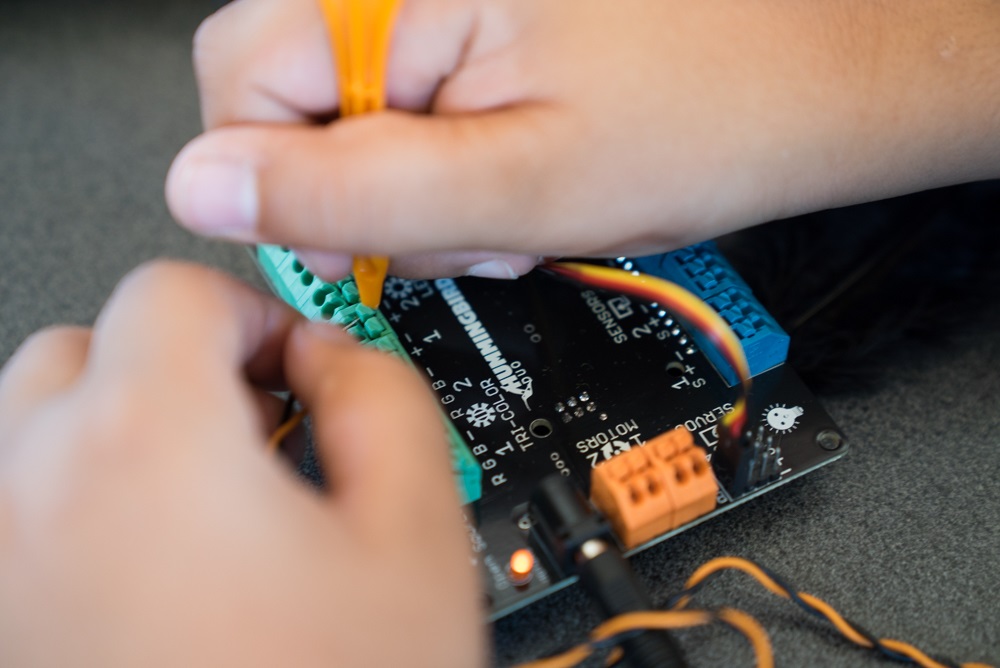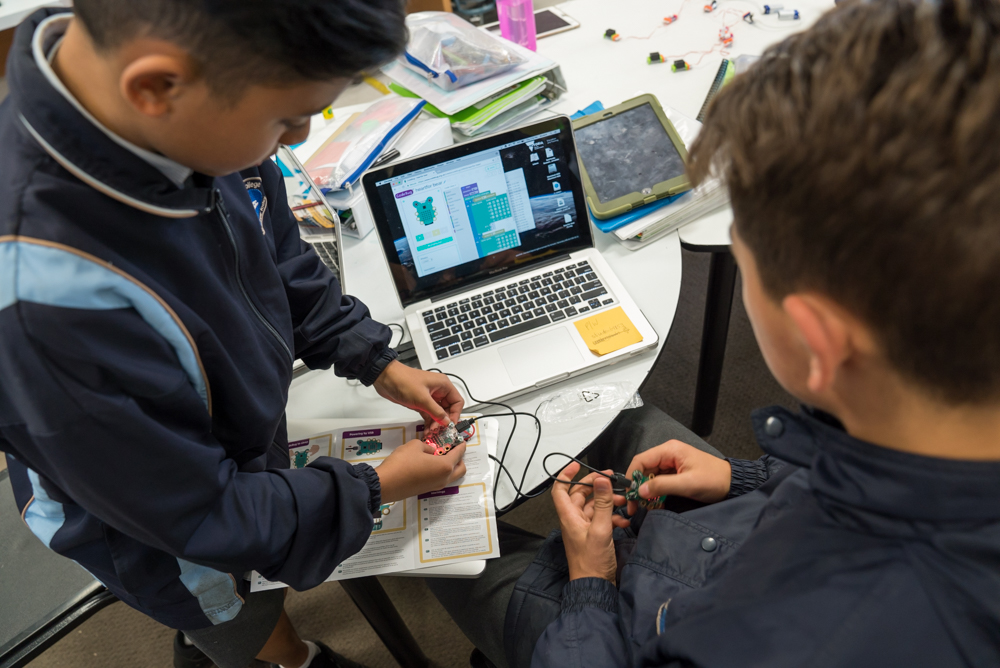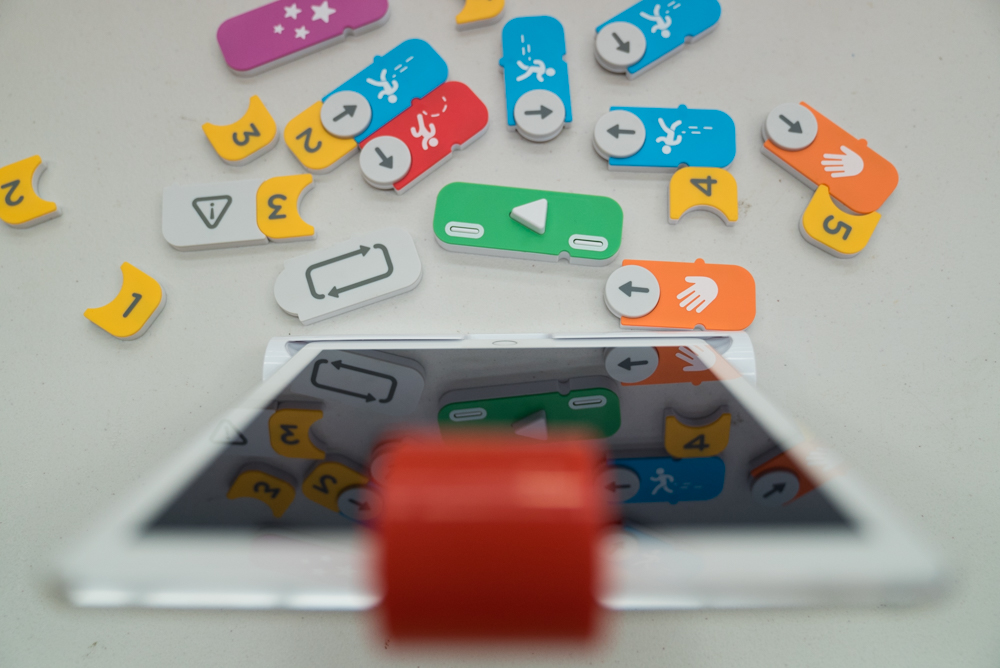Inclusive education principles

Inclusive education is making sure that education is accessible to every student. It is important for educators to design lessons that consider differences in the ways that students think and engage with content. Universal Design for Learning (UDL) is one such approach to adjusting lessons. UDL recommends that lessons allow for multiple means of representation, expression and engagement. Some lessons explicitly state ways that teachers can make accommodations based on UDL principles.
Some lessons are written using levels, which deconstruct the task into small teachable pieces. The lessons start with basic concepts (level 1) and progress in complexity. This provides flexibility as it allows teachers or students to choose the initial level of the task. On the Digital Technologies Hub, additional points of consideration are indicated by icons, such as the physical disability icon ![]() or sensory-related icons such as the one for hearing loss and deafness
or sensory-related icons such as the one for hearing loss and deafness ![]() . These icons provide the key to suggestions about how to modify and differentiate tasks to meet diverse needs.
. These icons provide the key to suggestions about how to modify and differentiate tasks to meet diverse needs.
There are three categories of student diversity: disabilities, difficulties and disadvantages (Mitchell, 2015).
- Disabilities are categorised as sensory, motor or neurological impairments (Mitchell, 2015). Disabilities cannot be completely overcome through therapy or intervention; the child has the disability for life. Disabilities include visual impairment, hearing loss, physical disabilities, health and medical issues, autism spectrum disorder, intellectual/cognitive disability, and traumatic brain injury. The Education Council classifies disabilities into four categories: physical, cognitive, sensory and social/emotional (Australian Government Department of Education, Skills and Employment).
- Difficulties refers to a behavioural or emotional disorder or a specific difficulty in one or more areas of learning. According to Mitchell (2015), ‘The educational need is considered to arise primarily from problems in the interaction between the student and the educational context’. Woodward (2002) organises difficulties into three categories: general difficulty (no disability and IQ between 70 and 100), specific learning difficulty, and non-verbal learning difficulty (a disorder of fine and/or gross motor skills). Specific learning difficulty is defined as a significant difficulty in one academic area while coping well, or even excelling, in other areas (eg dyslexia).
- Disadvantages refers to issues stemming from ‘socio-economic, cultural, and/or linguistic factors’ (Mitchell, 2015) where educators need to try to compensate for these and ‘level the playing field’.


Another group of students who may need adjustments are those who are gifted and talented ![]() . They are students who have and use ‘untrained and spontaneously expressed natural abilities’ in one or more areas, which places them in the top ten per cent of their peers (Gagné, 2004). ‘Some gifted students may have another exceptionality such as a learning disability or an autism spectrum disorder’ (Parliament of Victoria, 2012).
. They are students who have and use ‘untrained and spontaneously expressed natural abilities’ in one or more areas, which places them in the top ten per cent of their peers (Gagné, 2004). ‘Some gifted students may have another exceptionality such as a learning disability or an autism spectrum disorder’ (Parliament of Victoria, 2012).
Under the Disability Standards for Education 2005, students with disability have the right to participate in the Australian Curriculum on the same basis as their peers. Educators should make ‘reasonable adjustments’ to ensure the student is accessing the same experiences and opportunities in education as their age-equivalent peers, while considering the student’s own needs. More information can be found on the Students Diversity page of the Australian Curriculum website.
